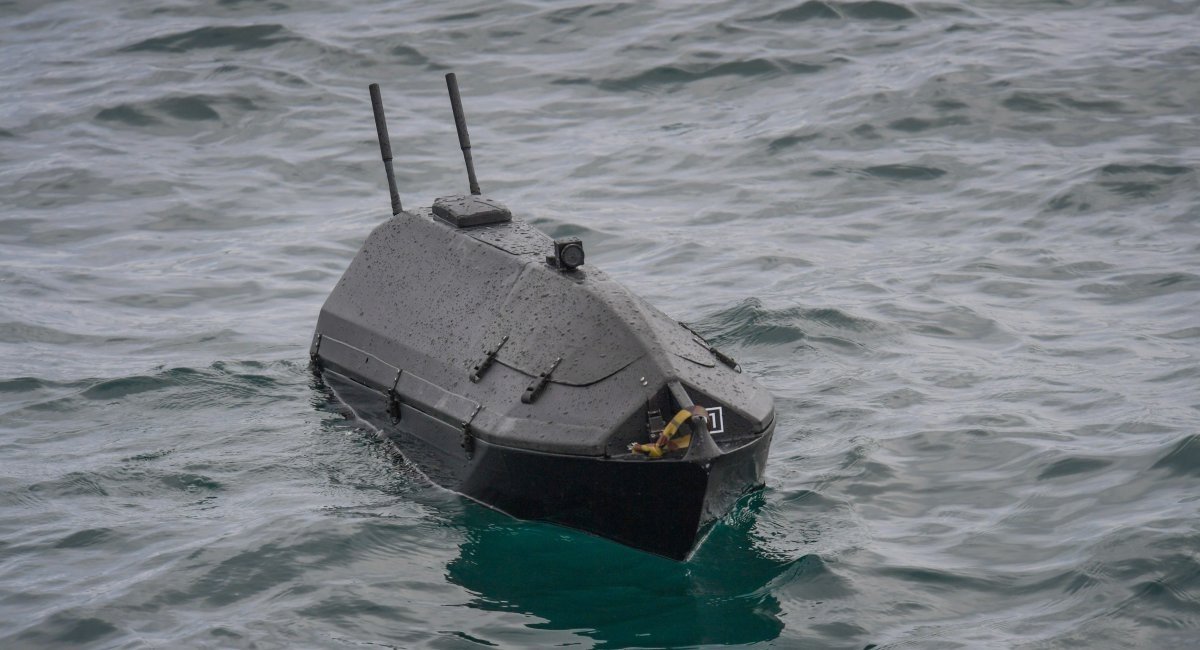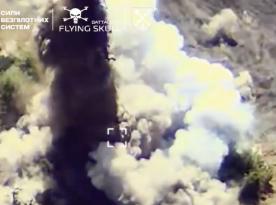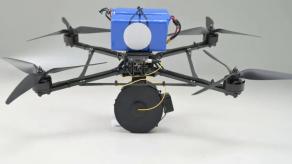Ukraine will create its own fleet of unmanned surface vessels, and for that purpose, a special fund has been created. This project, financed by the money collected via this foundation, has all the signs of a revolution in warfare in the sea domain.
As earlier reported, the creation of the fund was announced by President of Ukraine Volodymyr Zelensky the other day. He noted that "everyone has already seen how it works", most likely referring to the successful attack of mysterious marine kamikaze drones on the russian navy near occupied Sevastopol, Crimea.
Read more: Ukraine Plans Create Fleet of Unmanned Surface Vessels
And here we have to highlight right away that it is actually a breakthrough in the most conservative branch of the military we are talking about – a revolution in the Navy. Just for reference, despite thousands of years of history of naval warfare, there are quite few turning points in the domain we can recall, including the spread of the fore-and-aft rig, the invention of compass, the "gunpowder revolution", the end of the sail age, the appearance of submarines and aircraft carriers.
These were the events that changed the vectors of development of the navy, which despite the seeming staticness, was in fact flexible enough to meet new requirements globally and swiftly, in the course of several decades. Thus the drones becoming a new vector looks like a logical development.
Notable though that it was Ukraine to write its name into the annals of this change in paradigm, especially to do it twice, as the destruction of Moskva cruiser has already put the final nail in the discussion of the viability of the "big warships" concept with a single strike by Neptun coastal defense missile.
On the other hand, the attack of kamikaze boats at Sevastopol Bay, the most secure object of the russian Black Sea Fleet, proved the viability of the new concept.

Could it have happened earlier? Of course. The development of surface drones is no discovery. This is what other countries have been doing and adopting for many years. For example, the US is considering creating a fleet of surface drones as an effective option for strengthening marine units, in particular for operations in the South China Sea. Also, new types of small drones, such as the UxS IBP 21 or MANTAS T-12, were tested in the past.
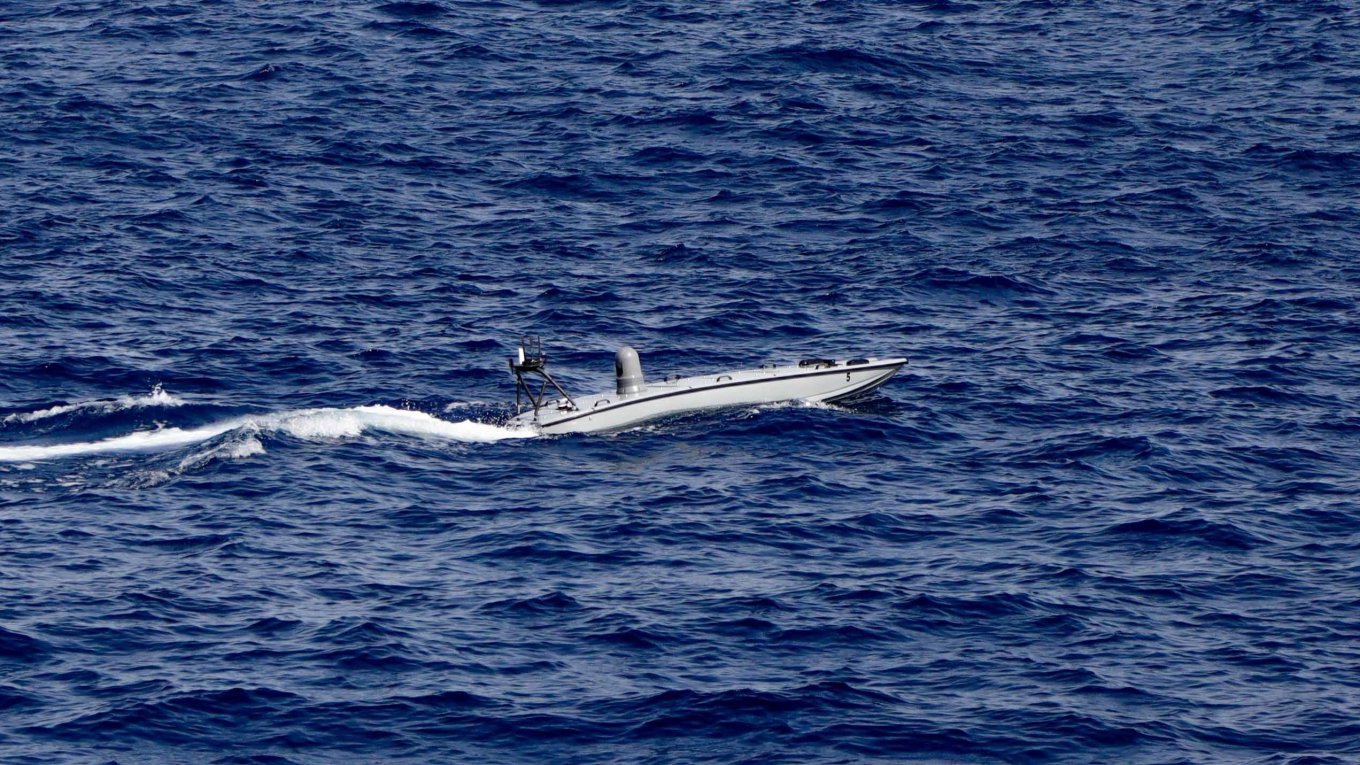
For quite a while, the development of the Sea Hunter has been in process: the drone is supposed to hunt enemy submarines. There is a rather unusual sailing Saildrone Explorer used as well, it can provide reconnaissance in a completely autonomous mode and is powered by solar batteries.
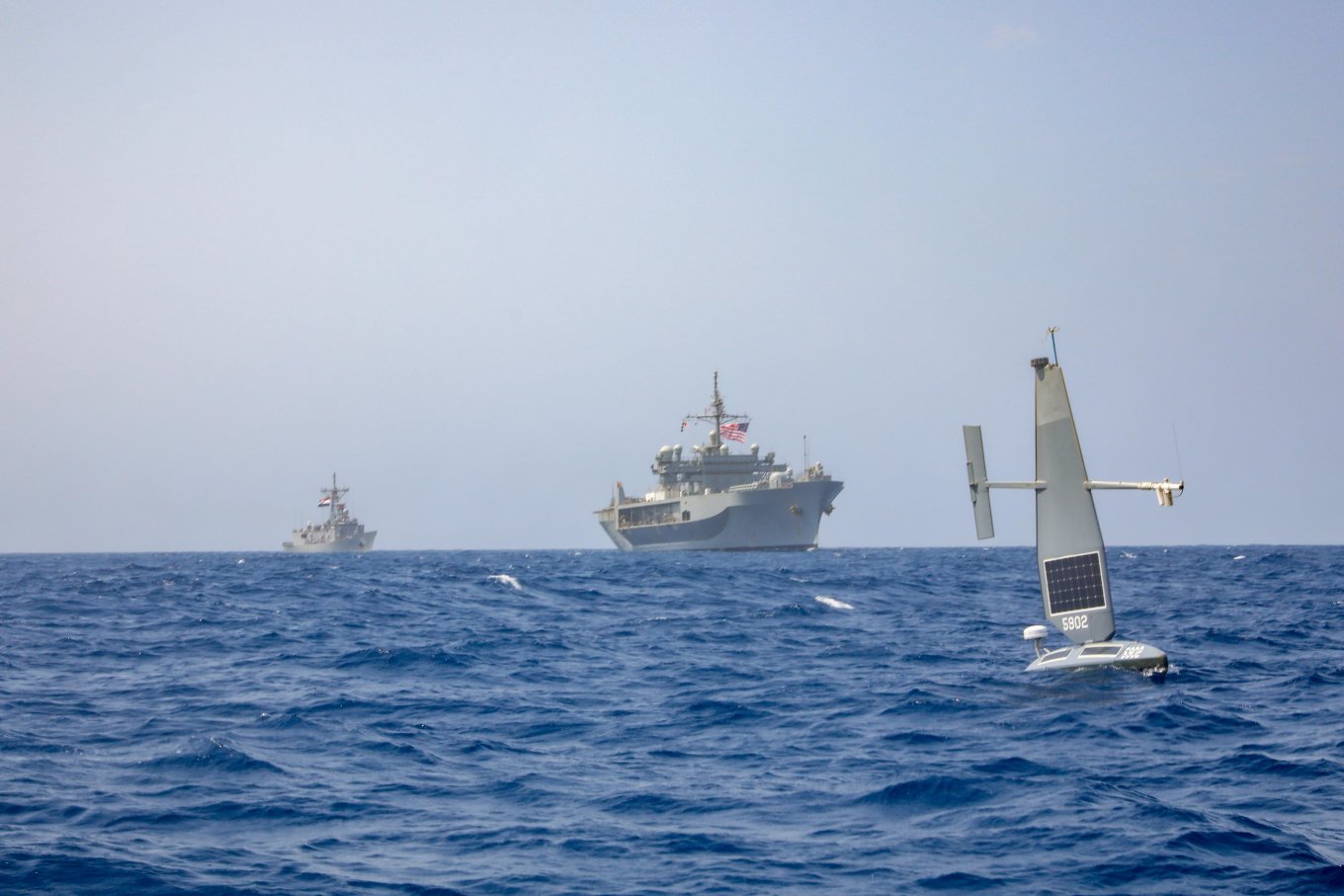
However, earlier all these unmanned systems were designed for patrolling, reconnaissance, or appeared as reusable weapons carriers, and were not weapons themselves. For the first time, drones enter the discourse as a means of defeating targets at a range of about 300 km, and such use has a number of conceptual aspects that guarantee their future.
At the same time, these nuances explain why such a kind of weapon appeared only just now. Keep in mind, the concept of a kamikaze ship – a brander, or fireship – in fact, dates back to the days of the "sailing fleet"; and such weapons were used even during the Second World War in the form of human-controlled boats and torpedoes.
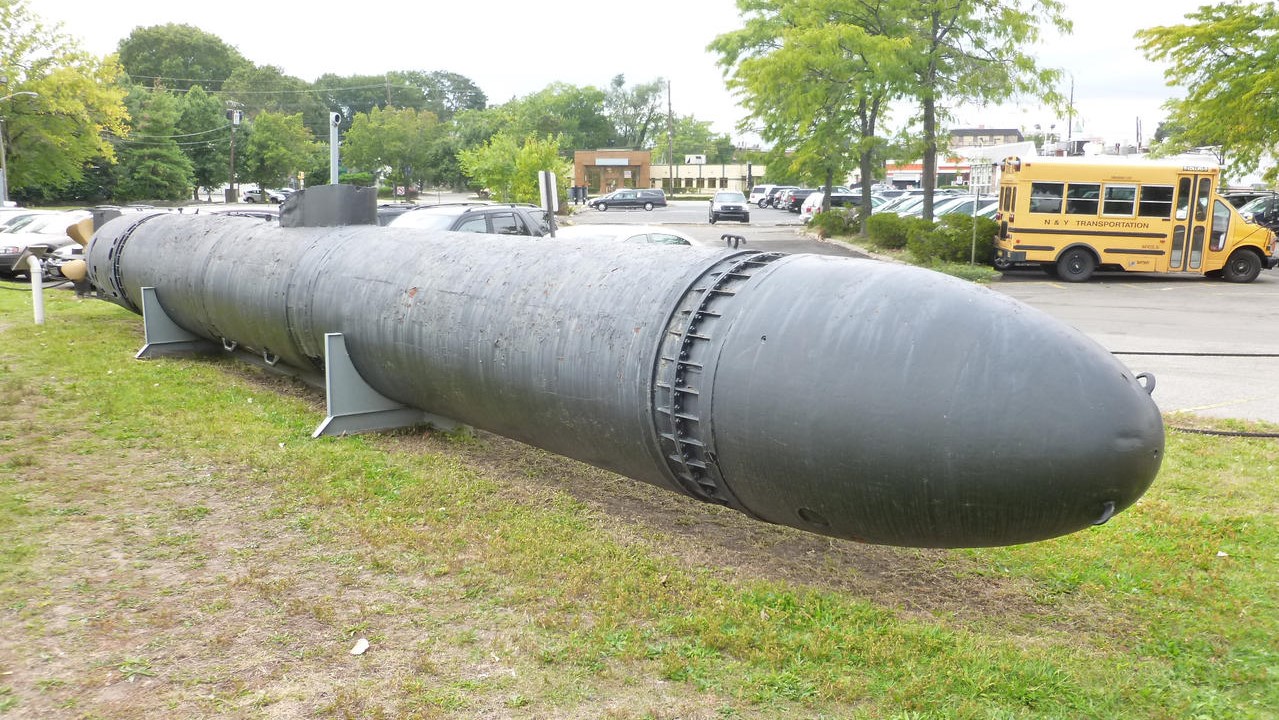
First of all, the main issue regarding any drone is communication, the ability to transmit information over far distances. In the case of aerial vehicles, the range can be hundreds of kilometers due to line-of-sight visibility, while for surface drones, everything depends on physics and the concept of the radio horizon
Because of this principle, let’s say, for a drone with a 10-meter antenna at an altitude of 5 km, the radio horizon of visibility will be about 300 km; and for a surface vessel drone it will be less than 20 km.
Of course, one can set up a network of radio repeaters, for example, to deploy a UAV or a plane to hang up in the air and transmit signals and thereby provide communication. But such a method nullifies the most important advantage of such an attack – the element of surprise. And most importantly, it makes the entire structure of the data exchange system quite vulnerable, because all it takes to eliminate the threat is to destroy only one of its elements.
Given that, the situation is completely different when satellite communication kicks in, which removes any control range limitations at all. And looking back at the attack on russian ships in Sevastopol, there is a high chance those secret kamikaze drones were equipped with this kind of connection.

Secondly, the price matters. For kamikaze drones, the main point is that they are created according to the principle of maximum simplification and cost reduction, because they are designed as "munitions" with a short life cycle.
And for marine equipment, this is extremely important, because there are already solutions for not permanent, but a relatively short operation in the conditions of a rather aggressive marine environment. And it directly leads to mass production capability, which, in the case of drones, requires a much smaller number of specialists and coastal infrastructure.
The third aspect is availability. A navy fleet is always not just expensive, but astronomically expensive. Creating your own, even a "mosquito" fleet is a multi-year program worth billions of dollars, while realizing that this is far from what is really needed, but the maximum affordable. And for many countries, drones can become the main element to ensure the protection of the water area – of course, in combination with other means.
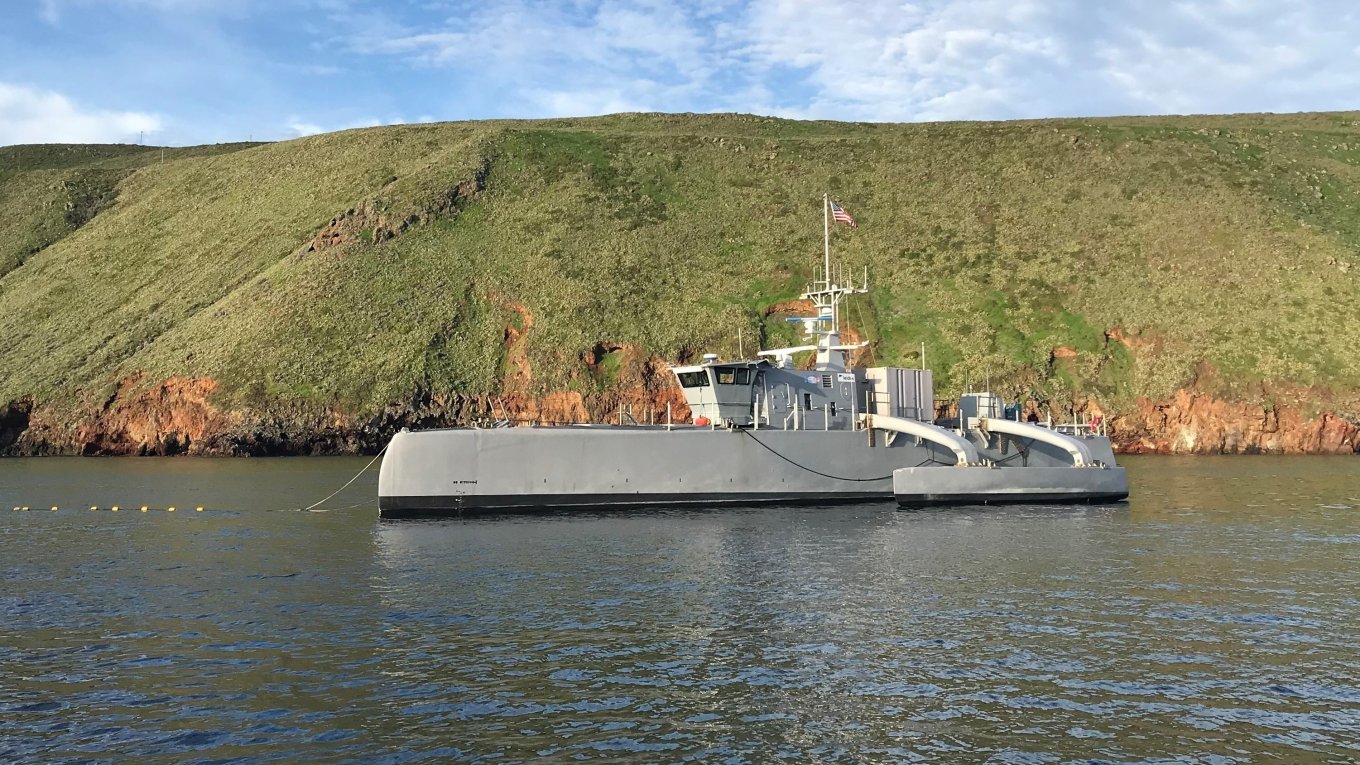
And the main aspect is combat effectiveness. Currently, the most effective means of defeating enemy ships is rightly considered to be missile weaponry. It hits hundreds of kilometers away with an anti-ship missile that can be launched from a ship, a submarine, an aircraft or a coastal complex. Overall it is the most relevant option. But the fact is, all modern ships are designed to repel precisely against this type of attack, and a large portion of equipment and weapons on modern-era warships have to ensure such an attack won’t be effective against them.
At the same time, inconspicuous, small-sized drones, especially those that are semi-submersible, have the advantage: they are quite difficult to detect with available radar devices. Again, the physics and the radio horizon. That is, they have a pretty good chance of getting close to the enemy, while having a similar or even greater range than anti-ship missile weapons. In addition, they can also provide preliminary reconnaissance of the target.
In these conditions, a marine kamikaze drone is only a small step away from the real one-way carrier of the real horror of modern ships, and most importantly, of submarines – we talk about a modern light torpedo. Such as, for example, the American Mark 54: weight 276 kg, speed more than 40 knots, range about 9 km; or the European MU-90: weight 304 kg, speed up to 50 knots, range up to 25 km.
In this case, the drone, using missile terminology, can actually serve only as the "first stage" for delivering such torpedoes to the required distance in the target area.

Read more: New Details on the Ukrainian Weapon of 1,000 km Range: What Exactly It will Look Like




